#zesk
Explore tagged Tumblr posts
Text

Zesk KNOWS you have food. You will GIVE him the food (before he calls for backup)
84 notes
·
View notes
Text
Still fuming over there not being a single female character introduced in the winter wave of 2009 (when gendered tribes were no longer a thing) so I choose to headcanon the Zesk and Vorox sets as being female members of their respective subspecies so it's not literally just Kiina as the sole female set of the entire year.
#bionicle#bonkle#bonkles#zesk#vorox#for the record#nektann should have been female as well#so 2010 wasn't 5 dudes and a slug mech
57 notes
·
View notes
Text

Zesk Drone
Intelligence and bling.
Source
Creator: Antak3000
#lego#bionicle#armor#armor plates#zesk#bara magna#quadruped#beast#bestial#gold#golden#golden armor#fangs#teeth#big teeth#tail#long#long tail#scorpion#scorpion tail#claws#mandible#sand#sand tribe#power armor
31 notes
·
View notes
Text
thinking about spherus magna so so so much and i NEED to write about the tribes and their bodies and their eating habits
to start off - agori and glatorian are like dogs and wolves: same progenitor, compatible to create hybrids capable of reproduction, different appearances and strengths but similar genetic curriculum.
the seven tribes have specific differences in appearance but most of their anatomy is still the same - humanoid, sharp spaced teeth, vestigial minuscule stubby tail, flat nose, small ears. cross-tribe children weren't very common before the shattering (big ass planet and all) and might become more common as time passes (lots of people died and whatnot), but due to there being no real hierarchy in the gene pool they wont necessarily be perfect hybrids of their parents: more often than not they will resemble only one of them, or showcase smaller traits of the other.
Tapyri (Fire tribe) - oval pupils stretched horizontally, tough skin that secretes a layer of protective mucus good for hot dry climates. different skin pigmentation in the form of spotted patterns, mostly on the back, is surprisingly common.
Gaquri (Water tribe) - crescent pupils stretched horizontally, drop-shaped sturdy scales that slightly overlap. hands and feet are lightly webbed between their fingers, while the eyes have a protective lid for underwater diving.
Lebori (Jungle tribe) - beaded pupils stretched vertically, short thin feathers, mostly greenish, which generally have little use. fingertips, palms and soles have small hooked cells to better their grip when climbing trees and rocks.
Koniri (Ice tribe) - rhomboidal pupils stretched vertically, thick fur that sheds and changes color depending on the seasons. powerful nails and bite, build up fat much easier than other tribes and are incredible sprinters on short distances.
Banuri (Sand tribe) - slit pupils stretched vertically, very small polygonal scales tightly placed together. small sharp horn-like protrusions all over the body, mostly the head, and remarkable adaptability to varying temperatures.
Potori (Rock tribe) - rectangular pupils stretched horizontally, wooly fur that varies in thickness depending on place of origin*. duller teeth, immune to most poisons, have heightened endurance in harsh climates and tougher bones.
Fezeri (Iron tribe) - round pupils similar to a photocamera's aperture, sectioned carapace not unlike that of an insect over skin. have a tendency to develop reddish crusts with age which need to be removed through cyclical moltings.
when it comes to food. oh baby.
ANY CREATURE in the desert is fair game. theyre most of the meat available and by god these people will Fucking Get It or die trying. blood is both cooked and drunk (usually on special occasions) and is often given to sickly, pregnant or young individuals; bones are generally split open for marrow, but while smaller ones can be grated or used to make stock broth, the bigger ones are kept to make weapons or tools - the only ones that eat them are the Bone Hunters, which is why they're called that in the first place, and the Zesk and Vorox, who have built in weapons.
Tapyri have very fertile soil but horrendously high temperatures, so they can grow only a select few plants, mostly cereals. common foods are iron snails and a type of edible lava residue, but a real delicacy is the elusive heat-resistant mole, which is incredibly fat and tender but also fucking FAST. they cook mostly on slabs of rock heated over lava, or on roasts
Gaquri eat anything that enjoys humidity - slugs, leeches**, tadpoles, frogs, other small amphibians, fish and crustaceans if they had any. their vegetables are cave mosses and freshwater algae or kelps - a specific type produces "kelp jades", round fruits that are sticky as hell. they tend to eat things raw, but can also afford to steam or boil their stuff
Lebori have the vastest array of fruits and greens available thanks to living in the green lung of a fucking desert and everybody imports that good stuff from them. their local protein source is comprised mostly insects***, worms and other invertebrates, which they employ in various methods. since they have access to oil, they often default to frying food
Koniri have access to small game and a discrete amount of forests in which they've learned to recognize edible berries, leaves and especially branches. a typical dish for them is a bundle of sticks wrapped in very far strips of meat. in some lakes they also harvest a strange type of anemone. when they don't freeze-dry their food, they tend to either boil or roast it
Banuri relied evenly on hunting, gathering, and husbandry. Zesk and Vorox have adapted thoroughly to the desert ecosystem, and while the first still gather lichens, the latter most hunt in packs
Bone Hunters, being scavengers, eat anything and everything; the Skrall had a more plant-based diet, but in Bara Magna added salt-dried meat; other Potori prefer vegetables like briars and thistles
Fezeri lived in fairly comfortable climates and could afford a pretty varied and balanced diet. Telluris allegedly eats, but nobody can confirm. Sahmad is trying to fuckin survive. give him a break
*Bone Hunters, native to the Bara Magna area, resemble goats; the Skrall, native to a snowy mountain area, resemble sheep. similar cases are found in all tribes across Spherus Magna (ex. BaMa lebori are more akin to geckos, BoMa lebori to lemurs)
**Gaquri would, as such, be the first to try and eat a kraata or krana without even thinking about it. the consistency would not bother them, but they would be mostly perplexed to discover there's food that tastes, respectively, "dark" and "bright"
***scarabax beetles not included, because they taste horribly and are not worth the effort of catching to feed off of them for anybody. Click will live forever
#bionicle#spherus magna#bara magna#agori#glatorian#skrall#bone hunters#zesk#vorox#random talks#hi. it is currently (looks at clock) Fuckin Late. and i just discovered that the prefix for gravity is ba- and for magnetism is fa-#i think i got most of my thoughts out of myself#apart from various physical reactions for the tribes BUT. i am. tired.#i also have Thoughts on food in the matoran universe and stuff but thats for!!!! another day#in the meantime. have this. if you would
27 notes
·
View notes
Text

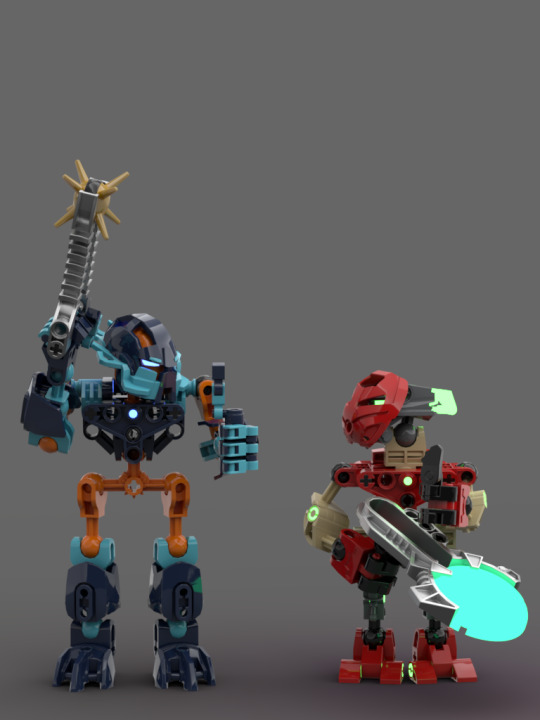
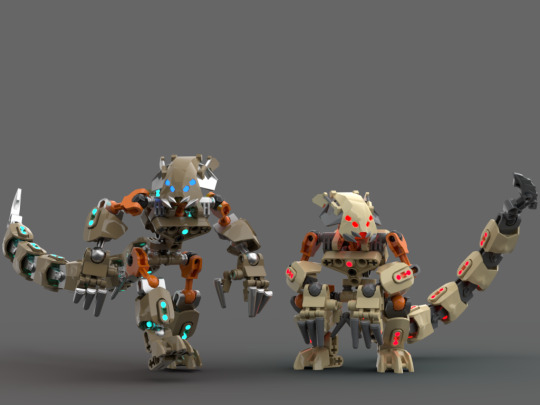
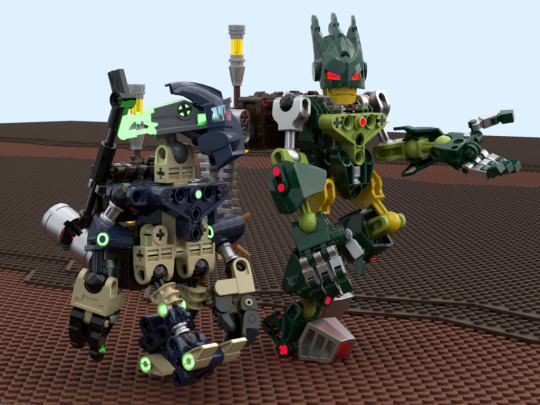

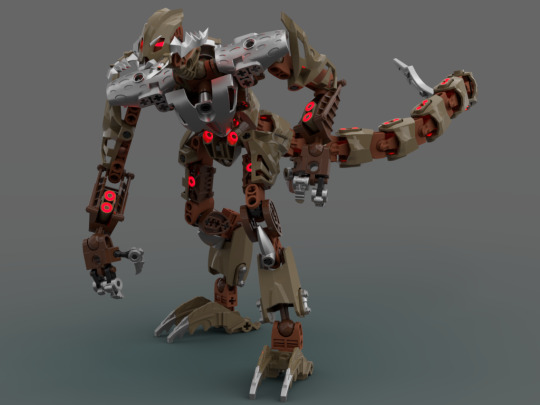

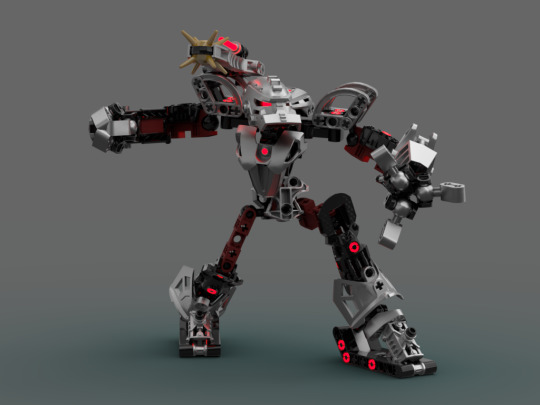

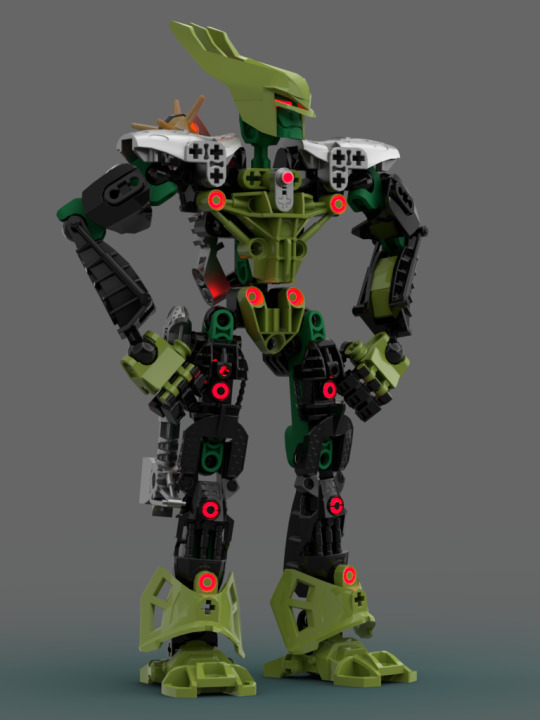
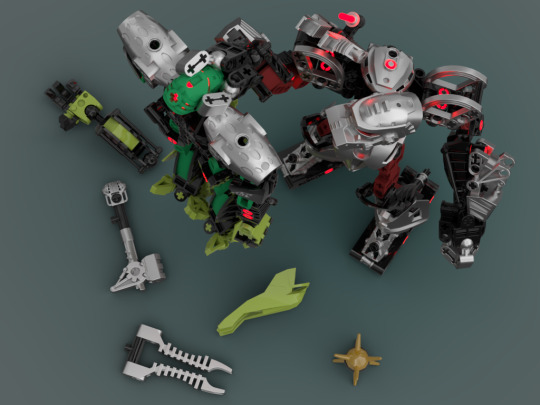
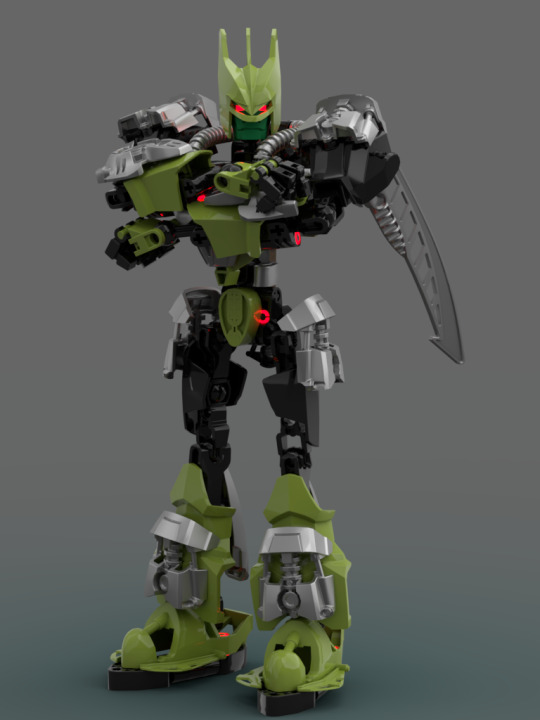

Been giving the 'Matoran Universe' side of things a lot of attention, so decided to give the non MU side of things some love. The Agori
The Natives of Spherus Magna, and later Bara Magna after the Shattering. They are a race of hardy organic beings with naturally metallic skeletons. they are exceptionally long lived, which is only further enhanced by the common use of cybernetic implants in the race.
They are divided into various Tribes across the world, each taking a name relevant to an element important to their society, or naming themselves after where they live.
Zesk A sub-race of Agori, and all that remains of the Sand Tribe. They were modified by the Great Beings into a more beastial form, and slowly over time devolved into little more than animals. Most Zesk however, are able to be acclimated into civilized society under the right circumstances.
Glatorian A species of beings closely related to the Agori, but larger and stronger. They often live in the Triebs alongside Agori. After the Shattering, Glatorian picked up the role of protectors of the Agori. They protected their younger relatives from the various threats of Bara Magna.
Eventually, as things settled and resources began to dwindle, wars broke out amongst the Agori, Glatorian, and the Skrall. Eventually, things settled with the creation of the Glatorian Arenas. Glatorian would fight in the arenas to earn resources for their Tribes.
Though Glatorian is traditionally the name of a race, it has since evolved into a title as well. Anyone who fights in a Glatorian Arena earns the title of Glatorian, regardless of what they are. Agori, Skrall, Matoran, Toa, etc.
Vorox Similar to the Zesk, the Vorox were Glatorian of the Sand Tribe, modified by the Great Beings. Like their smaller cousins, the Vorox devolved into aggressive desert wondering animals. They too can be acclimated into society, but doing so is much more difficult due to their enhanced strength and durability.
Skrall Another close relative of the Agori and Glatorian, though distinct, the Skrall are a race of strong and durable people. They live alongside Agori in the Stone Tribe.
Skrall culture is rather violent, more so than Agori and Glatorian culture. In recent years however, after the Reformation things have begun to mellow out however. Even before then, many individual Skrall have incorporated themselves into other tribes.
Kaadrix is one such Skrall. He was exiled from the Stone Tribe before the Reformation. He wandered alone for a long time, before finding a tribe called the Mountain Tribe. He was able to incorporate himself into the tribe.
Koza is a Skrall warrior that has heavily modified himself through cybernetics. He is much stronger than most other Skrall. He's infamous for his brutality in the Arena, having torn another Glatorian by the name of Telrakk apart.
Gelra a Glatorian of the Water Tribe. She's a strong, burly warrior with an ego to her. She's well known for her outstanding strength, surprisingly able to match Koza in hand to hand combat on numerous occassions, and typically choosing to fight other Glatorian who are using vehicles or mounts.
Telrakk was an up and coming Glatorian for a branch of the Jungle Tribe. He suffered a particularly nasty loss at the hands of Koza, leaving him severely injured. Eventually, much of body was replaced by mechanics as a result. Over time his off shoot of the Jungle Tribe would run into hardship with Bone Hunters, and during a rematch with Koza, his Tribe's home was razed by the bandits. His return to his destroyed home lead him to become
Talrakk the Conqueror an infamous warlord who uses engineered robots as his army. He intends to conquer as much of the Spherus Magna as he can to forcefully protect it from outside threats with his mechanical troops.
#Bionicle#Bionicle Moc#lego#lego moc#Glatorian#Agori#Zesk#Vorox#Skrall#Fire tribe#Water Tribe#Sand Tribe#Jungle Tribe#Mountain Tribe#Stone Tribe#Ice Tribe
66 notes
·
View notes
Text
Mägenwil, Switzerland, September 2024
#graffiti#trainbombing#graffiti on trains#trainwriting#trains#mägenwil#switzerland#september 2024#knx#ruzo#omek#zesk#axef#hobos#stier
9 notes
·
View notes
Text
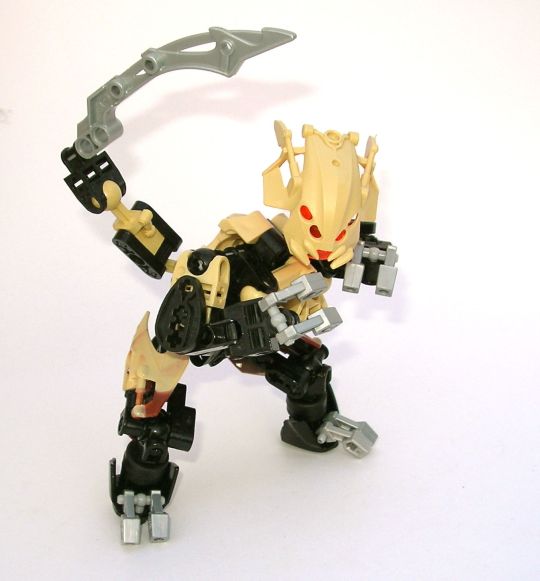
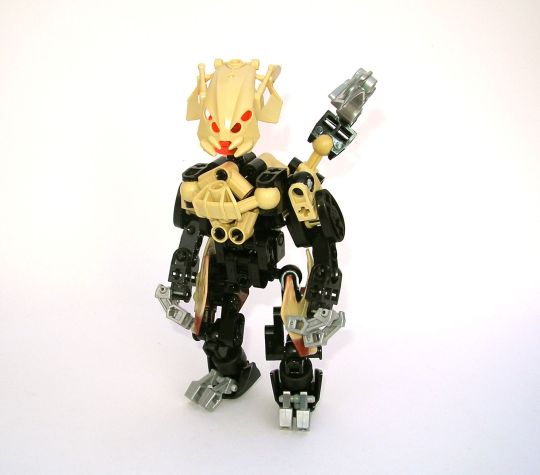
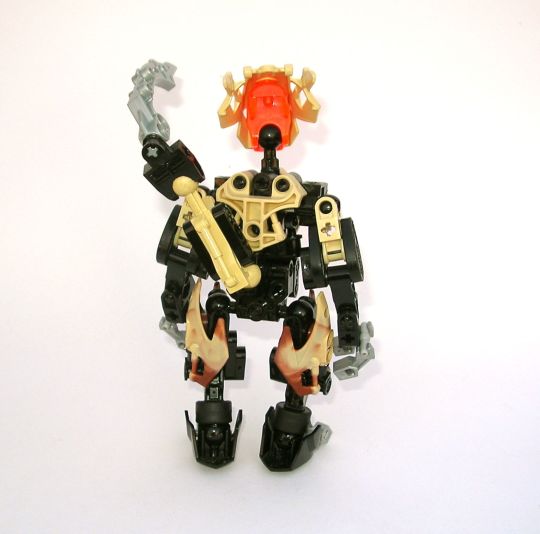
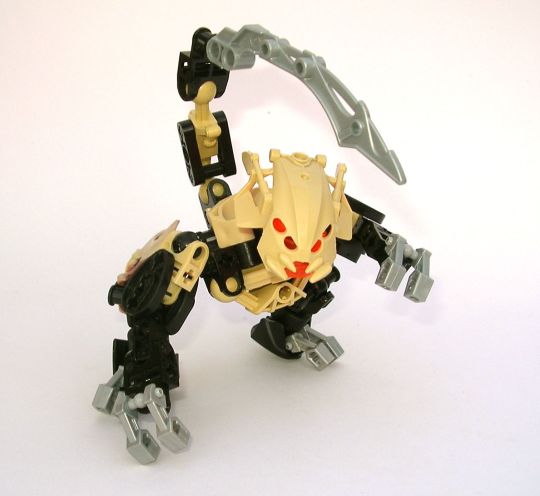
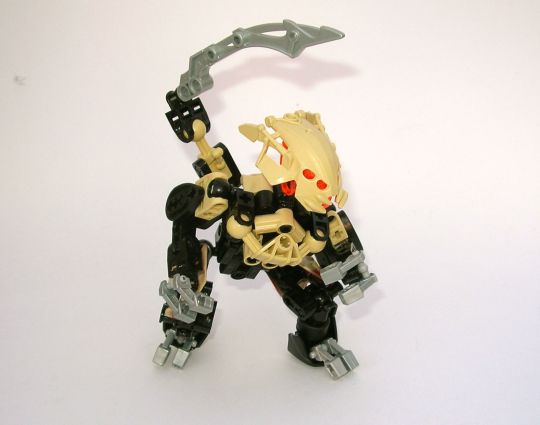

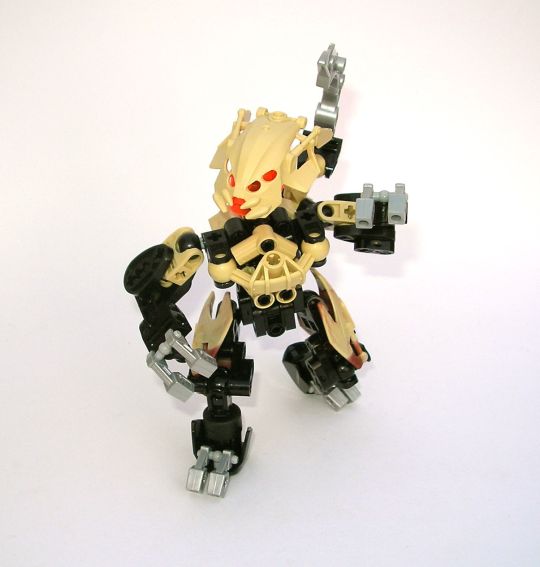
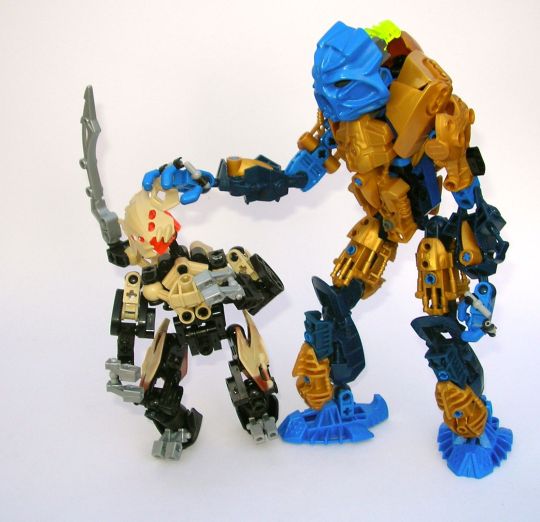



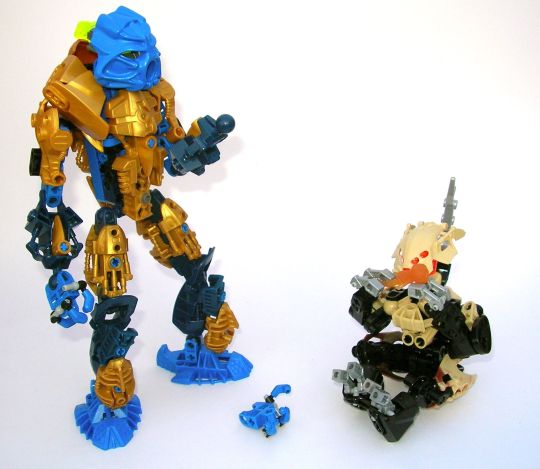
Chiana (2012)
Originally built as a request by Jadekaiser, this character was intended to be a female member of the Zesk species.
The last panels show some sort of comic which used to have a narration that's now long lost on the old MOCpages servers. She apparently wanted to eat a squid and, during the conquest, took off Range's hand. Fascinating.
47 notes
·
View notes
Text
Nooo! THE divorce happened! I can't believe it! 😭😭😭 The love is dead! 😭😭😭


#this is obviously sarcasm everyone#and with everyone i mean the people who will need to touch grass#im still laughing over the fact that putler thought this is worth telling the press#he really thinks he did something there#bro buddy putler#thats not the flex or story to make you look you think it is#on another note#who would have thought at the beginning of the year that scholz and macron are actually going to be good political boyfriends#and nauseda would appear as the new number 1 support political boyfriend#and that duda is cancelled#it was a wild year#btw so far i only saw good stuff about tusk SO I AM READY FOR ZESK OKAY#or vosk?#or tuze?#tuvo?#we need a name
26 notes
·
View notes
Text

Me toiling away in the Bonkle mines to extract as much (l)ore as possible from the depths.
Ya know I wonder if the people developing Bionicle had any idea how deep people would take the lore for these plastic toys from 20 years ago. Honestly, the fact that we even can dig this much is a sign of how inspiring the series really was. Cause like honestly you can get some really good morals and philosophy from it if ya choose to see it that way!

bionicle fans discussing the moral values explored in a toy franchise mainly targeted at children
#lmao for real#honestly thanks zesk#literally the whole time I was making the vid I was thinking "am I really greek philosophy memeing this? yes yes I am and I'm not going to#bionicle
533 notes
·
View notes
Text







On some cold Bara Magna nights, you can spot a lone figure wandering through the wastes. Camoflagued against the dunes if it weren’t for the metal carapace mounted on top of its somewhat bestial body reflecting the stray beams of starlight. Also followed with it is a strange smell that only the oldest seem to recognize. Protodermis, they call it.
Is it a Vorox? Couldn’t be, rumors are that some have seen it scaring off Zesk as if it was afraid of them. The Zesk still curiously follow it around wherever it goes.
Is he a Glatorian then? There was one instance where he wandered too close to Vulcanus, and Batalux the Outsider challenged him to a duel. He won quite handily, despite the brute strength of Batalux. Once he got close enough his strange weapon wrapped itself around Batalux’s neck as if it had a mind of its own, and could only be separated after a hoard of Agori declared the fight dishonorable and started pelting the stranger with rocks. Batalux took a very long time to regain his strength, as if he had been poisoned.
It should also be noted that the stranger made no demands or arguments to the Agori after the duel ended. He simply walked away in silence. Whatever his goals were that night, they were reached.
When another stranger appeared on Bara Magna, known as Mata Nui, sightings of this odd individual increased substantially. They never met directly, but in the commotion that followed where Mata Nui went, the stranger could often be seen observing him with a queer fascination, and perhaps familiarity?
The last known sighting of this odd individual before the Battle of Bara Magna and the reformation of Spherus Magna was when a lone Agori stumbled upon him in the outskirts of the combined villages. He was holding a small object in his hands, almost like a Glatorian helmet, but different. Before the agori ran from the dangerous individual he was also heard speaking for the first time on record, only uttering three words.
“Soon, Velika. Soon.”
My latest moc, Escaenon (he/it). A Great Being in hiding on Bara Magna. A specialist in organic engineering with a murky history in the former Sand tribe.
59 notes
·
View notes
Text

The Alpha Male Rests After a Long day of Watching Over his Pack.
54 notes
·
View notes
Text
New self moc time!!

This is Kytera, a Zesk from Bota Magna, credit to @karyot for the chest build and fancy render!
151 notes
·
View notes
Note
Sorry if this is answered elsewhere and I havent looked hard enough - are there conlangs for the agori, skrall, glatorian, vorox/zesk, and bone hunters? I assume such would be difficult since youd have to have versions for both the bara and bota magna populations.
I do have an Agori Language conlang ("Agoric"), represented by a draft Agori Language Dictionary here. Agoric has developed alongside the Matoran Language, but is still fairly unrefined in terms of material presentation. Nevertheless it has become more central to the project as I've expanded the 3rd Edition of the Matoran Dictionary to encompass the fact that the languages of the Matoran Universe incorporated some elements of Spherus Magnan languages.
Within the document linked above, there are also some materials on a Skrall Language ("Skrallic"), although that is even less developed.
19 notes
·
View notes
Text
woe/rejoice. agori (and by extension glatorian) hcs be upon you
Agori exhibit subtle sexual dimorphism differently depending on which tribe they belong to (i.e. lebori males have brighter plumage, fezeri females are larger), while their bone structures are essentially identical. Gaquri are the only tribe able to naturally alter their bodies' production of their estrogen and testosterone equivalents. Actively transitioning and/or intersex individuals of any tribe can present dimorphic traits of one sex, traits of both sexes, muddled traits, or none at all
Their breasts are placed in the pelvic area, like horses, and the nips are the only visible part. To prevent chafing, lower garments have soft reinforcements at hip-height
They have short, nubby tails which have survived across their evolution despite having lost their original size and purpose. their movement is very limited and usually unconscious; since they remain the same length during all stages of life, they appear to "shrink" the more a person grows. children use them to better balance themselves when learning to walk
With the exception of Basari's and Fezeri's, Agori ears are very flexible despite their small size and can lean in almost all directions. Their shape varies across tribes
Their senses aside from touch are generally keener than humans'
Agori clothing tends to prefer function to form and does not have significant differences between masculine and feminine styles, although it wasn't always the case before the Shattering
Together with hugs, kisses and handshakes, each tribe has a unique display of affection or greeting pertaining to the head and/or face: Lebori preen each other, Gaquri rub cheeks together, Koniri gently nip ears, Fezeri butt the top of their heads, Basari scratch each other's nape, Potori shove temples against one another and Tapyri press the other's hand to their forehead. The gesture's intensity is usually toned down when done to someone of a different tribe to avoid discomfort or pain
If an object is in an enclosed space like a house, a vehicle or a box, Agori will point to it with their chins instead of their fingers
Vorox and Zesk still communicate in an extremely simplified version of a strict Basari dialect, although the phonetics had to be heavily changed to adapt to the shape of their mutated mouths. Malum has learned it and is currently the only fully sapient being somewhat fluent in Bara Magna Basari
Other tribes tend not to know Tapyri have hair
Koniri fur keeps warm, but becomes stiff in great quantities; Lebori down feathers are very soft, but struggle to retain heat on their own; Potori wool offers great insulation in most climates, but risks growing mold easily when humidity increases
After they (almost) went extinct, the sturdy carapaces of dead Bara Magna Fezeri were pillaged to make very durable high quality armor. because of this there are no intact pieces or Fezeri remains left, and the few plates that have survived since, no matter how worn or outright broken, are either made into family heirlooms or sold at exhorbitant prices. Sahmad has a large number of them (almost all buried) as he made a habit of targetting and capturing anybody who wore them specifically
Tapyri are unique when it comes to cleaning since their protective mucus naturally catches dirt and other particles for easy removal, meaning they only need to scrub or peel it off. Gaquri, Koniri and Potori take water baths while Basari, Fezeri and Lebori take dust or sand baths
Agori children are addressed with the pronouns ti/tir until they choose their own. its highly unusual for someone to use ti/tir for tir whole life, and the set is often used as a playful jab when a person exhibits childish behavior
Pregnancy is a very taxing endeavour: the process takes around a year and a half, but the parent's body will additionally need two or three years to recover from the strain of the experience as a whole, during which it will be physically unable to produce the necessary material to make another child. sudden spikes in stress or a constant stream of it during pregnancy is almost sure to produce a stillborn, and its very easy for older individuals to simply not have the energy to make it through childbirth once the time comes. this used to not be a problem, since Agori are very long lived and the whole planet was full of them, but the Core War drastically reduced their numbers and the hazardous conditions produced by the Shattering all over the planet made for a very dangerous environment to attempt having a child in, so births became extremely rare in the 100 thousand years before Mata Nui's return. the so called "children of Bara Magna" (which include Gresh and Berix) are few and far between, commonly having significant age gaps from one to the other
A wide number of male MU beings is perceived as feminine or adjacent by Agori, partly due to sexual dimorphism not being A Thing for most species, partly due to voice and countenance: Tahu, for example, is considered to be very lady-like. in his specific case this perception might however be also affected by the fact that he was modeled after Ackar, who used to be much more overtly femme in his youth* (check tags)
this is what ive got so far. peace and love on spherus magna.
#bionicle#spherus magna#bara magna#agori#glatorian#random talks#(banging fists on the desk) its MY worldbuilding hc and i get to make EVERYONE FLAT CHESTED#a whole planet of sapient organic mammalian beings and the vortixx are STILL the only species with boobs. as it should be#a few of these traits are based on animals i.e. gaquri changing hormones is based on some fish being able to change sexes#ah yes. the Femme Bionicles. the angry fire poster boy and some old ass rugged desert warrior who just wants to retire#*by ackar being femme i dont mean 'he used to dress femininely' or 'he used to present femininely in ways humans might do'#i mean 'he exhibits very toned down male dimorphic traits for attracting mates bc hes ace and sure as plude not gonna want to attract Shit'#which resulted in his appearance being noticeably closer to that of female tapyri than that of other male tapyri#those traits end up becoming fainter with age anyways so now that hes older the difference is not as obvious#also bc its funny tarix still produces estrogen despite being a trans man just so he can give it to his trans wife vastus. homegrown hrt#vastus voice there are many benefits to being married to a fish#i probably forgot things. pester me about stuff you want to know or want elaborations on ig
40 notes
·
View notes
Text
Glowing Vorox
Though by the canon they shouldn't technically be all that different from other Glatorian and Agori, and that with inhabitants of Bara Magna all having been alive for however damn long so them evolving differently in that time wouldn't be on the table, but... That's stupid and always has been so I elect to ignore it and say there have been more generations on Bara Magna.
In the more sensible version of the timeline Vorox and Zesk gained an exoskeleton that glows under UV light.
18 notes
·
View notes

